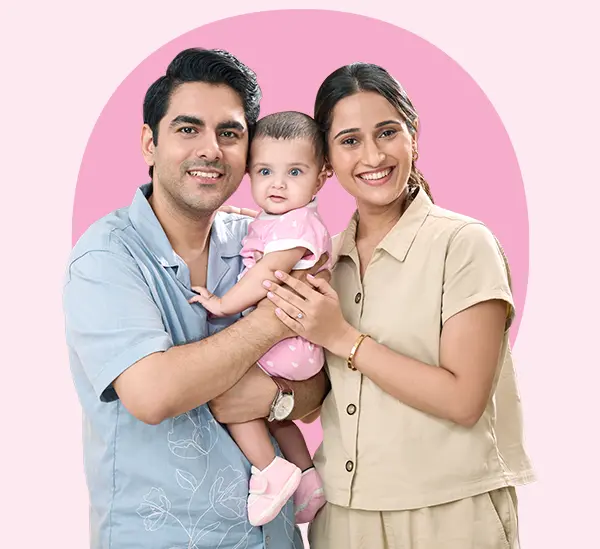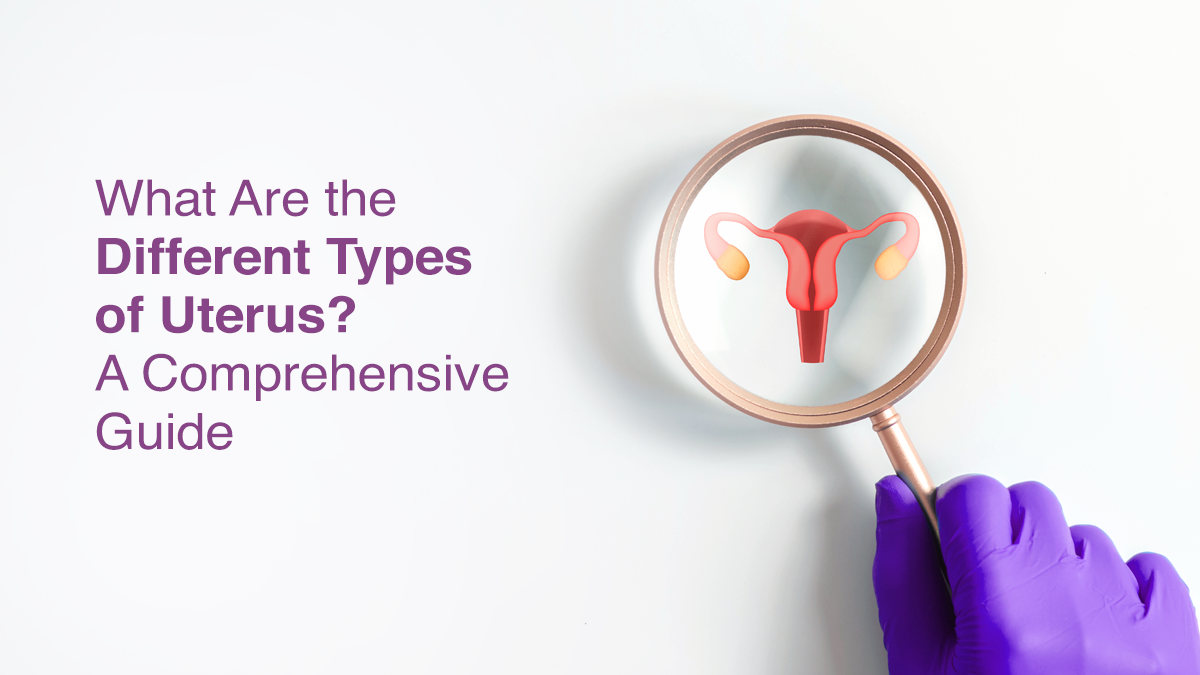
Understanding Dilation and Curettage in Detail

The capacity to identify and treat a broad range of illnesses has significantly increased because of medical innovations, improving both health outcomes and quality of life. Understanding and resolving reproductive health issues is essential for women’s general well-being in the discipline of gynecology. To provide individualised and efficient therapies, a variety of diagnostic techniques and instruments are intended to identify the underlying causes of symptoms like irregular bleeding, pain, or other issues. Dilation and curettage (D&C), a commonly utilised technique to address and evaluate numerous uterine diseases, is one of these procedures that is essential to both diagnosis and treatment.
What Is Dilation and Curettage (D&C)?
The procedure of dilation and curettage, or D&C, involves removing tissue from inside your uterus. Dilation and curettage is a minor surgical method used by medical experts to identify and treat specific uterine disorders, such as heavy bleeding, or to remove the lining of the uterus following an abortion or miscarriage. The lower, narrow portion of your uterus (cervix) is opened (dilated) during a dilation and curettage procedure using tiny tools or medicines. The uterine tissue is then removed using a surgical tool known as a curette, which can be either a suction device or a cutting instrument.
Why is Dilation and Curettage Necessary?
A D&C may be performed by healthcare professionals for several reasons, including removing your uterine tissue. This can occur following an abortion, miscarriage, or when placenta fragments are left in your uterus after giving birth. Following any of these occurrences, your uterus must be totally empty because of the elevated danger of bleeding and infection.
Another reason is to identify or manage irregular bleeding in the uterus. The abnormal tissue that leads to diseases like infection, fibroids, or uterine cancer can be removed by a D&C. Additionally, it can remove a tumour, polyp, or cyst. A sample of your uterine tissue may be sent to a laboratory for analysis (biopsy) by your healthcare professional.
How is Dilation and Curettage (D&C) Performed?
Preparation for the Procedure
A complete medical history will be taken by your doctor prior to a D&C. Make sure they are aware of any allergies you may have and the medications you use. If you think you could be pregnant, make sure to let them know. You could be asked to abstain from food and liquids beginning the night before the procedure. Before a D&C, your doctor may prescribe medication to soften and dilate (widen) your cervix. In this case, they may use a laminaria stick or give you misoprostol.
Steps Involved in D&C
Although D&C is considered a relatively minor treatment, a general anesthetic is typically administered. The procedure can be performed as day surgery. The following steps are part of the standard dilation and curettage procedure:
- Following anesthesia, the size and location of your uterus are assessed.
- A general examination of the vaginal walls and vulva is conducted.
- To view the vaginal walls, a speculum is inserted.
- Surgical dilators are used to gently open the cervix so that samples from the uterine lining can be obtained.
- The samples are sent to the lab for analysis.
Types of D&C
Diagnostic D&C
To investigate the causes of irregular uterine bleeding, pelvic pain, or infertility, diagnostic D&C entails taking tissue samples from the lining of the uterus. It facilitates the diagnosis of diseases such as endometrial cancer, fibroids, and polyps.
Therapeutic D&C
Therapeutic D&C is used to remove uterine contents to treat certain disorders, such as severe bleeding or residual tissue following a miscarriage. It stops problems like bleeding or infection.
Suction D&C
A less invasive method called suction D&C removes the contents of the uterus via vacuum aspiration. It is frequently performed to remove residual tissue following an incomplete miscarriage or to terminate a pregnancy early.
Recovery after Dilation and Curettage
If you were given a general anesthetic, the recovery time after a D&C would be around a day. When you return home, you should be accompanied by someone. Additionally, for at least 24 hours following the surgery, you should refrain from driving, operating machinery, and consuming alcohol. In a few days, you can resume the majority of your regular activities.
After a D&C, you may experience some pain, discomfort and cramps. A warming pack and painkillers can help you manage discomfort. For ten to fourteen days, you can experience mild vaginal bleeding. Instead of using a menstrual cup or tampons, use sanitary pads. Following a D&C, your physician will advise you to temporarily refrain from bathing, swimming, spa baths, using menstruation cups or tampons and sex.
Risks and Complications of Dilation and Curettage (D&C)
Although they are uncommon, a few potential complications or risks during or following a D&C include bleeding, infection, reactions to anesthesia, adhesions (bands of scar tissue) inside the uterus, or perforation (a tiny tear in the uterine wall). It’s essential to follow up with your doctor one to two weeks after the procedure.
However, contact them sooner if you experience severe vaginal bleeding requiring frequent pad changes, blood clots larger than a 50-cent piece, fever, cramping lasting longer than 48 hours, increased pain unrelieved by medication, or an unpleasant vaginal discharge. If your periods do not return within three months, consult your doctor.
When to Seek Medical Attention?
Early diagnosis makes it possible to address D&C complications. After the procedure, call your doctor if you experience any symptoms so they can assist you. Symptoms could consist of:
- Stomach discomfort or tenderness
- Fever
- Severe bleeding
- Large blood clots from your vagina
- Severe cramping in the abdomen
- Strange or unpleasant vaginal discharge
Long-Term Outlook and Considerations
After having a D&C, most people heal completely and return to their regular activities in a matter of weeks. Thus, the long-term outlook is usually favourable. Although they are uncommon, side effects of D&C, including uterine scarring (Asherman syndrome), can impact fertility or menstruation. Seeing a doctor on a regular basis is crucial to tracking progress and addressing any issues. To maintain good health and take care of any underlying problems, see your doctor if period abnormalities or strange symptoms continue after a D&C.
Conclusion
A thorough comprehension of dilation and curettage guarantees well-informed choices and facilitates a more seamless recuperation for those undergoing the process. For appropriate timely treatment, visit an Oasis Fertility Clinic near you immediately. You can also contact us at 1800-3001-1000 or discuss your concerns on the live chat for prompt assistance.


fill up the form to get a
Free Consultation
Avail 0% interest on EMI
All Procedures | No Upper Limit
Frequently Asked Questions
Is D&C a painful procedure?
Is dilation and curettage a major surgery?
Can I get pregnant after a D&C?
Is the period after D&C painful?
How we reviewed this article:
- Current Version
- https://www.webmd.com/women/d-and-c-dilation-and-curettage
- https://www.healthdirect.gov.au/dilatation-and-curettage
- https://www.mayoclinic.org/tests-procedures/dilation-and-curettage/about/pac-20384910
- https://my.clevelandclinic.org/health/procedures/dilation-and-curettage
- https://www.betterhealth.vic.gov.au/health/conditionsandtreatments/dilatation-and-curettage-dc





